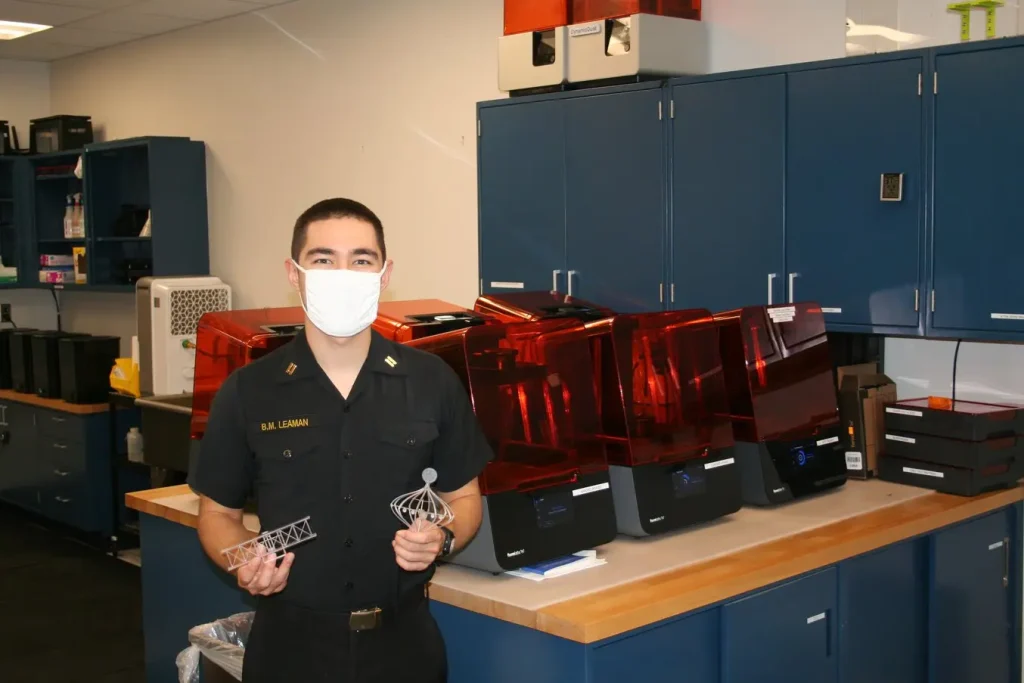This is an issue that’s near and dear to my heart. Over the
past several years I’ve had the opportunity to work with a number of companies
in the digital advertising and marketing space and big data and privacy are
constant topics of thought and discussion.
past several years I’ve had the opportunity to work with a number of companies
in the digital advertising and marketing space and big data and privacy are
constant topics of thought and discussion.
Of all the sessions I participated in this was the most
lively and engaging (so engaging, in fact, that I neglected to get any photos –
which isn’t like me at all).
lively and engaging (so engaging, in fact, that I neglected to get any photos –
which isn’t like me at all).
The big theme here was concern. People felt it’s clear
there’s going to be more and more data out there, coming from more and more
sources and devices and analyzed and used in ways we haven’t even imagined. As
the volume of data and its use accelerates privacy is only going to become a
bigger issue.
there’s going to be more and more data out there, coming from more and more
sources and devices and analyzed and used in ways we haven’t even imagined. As
the volume of data and its use accelerates privacy is only going to become a
bigger issue.
Dealing with the issue of data and privacy presents a huge
opportunity for entrepreneurs and technologists.
opportunity for entrepreneurs and technologists.
Participants were asked what they thought was behind what
was described as an “immunity” to privacy concerns. The answer from most was
that it’s a generational thing. People for whom the Internet has been present
for their whole lives seem less concerned that older people who give more
thought to security.
was described as an “immunity” to privacy concerns. The answer from most was
that it’s a generational thing. People for whom the Internet has been present
for their whole lives seem less concerned that older people who give more
thought to security.
An interesting variation was that it also depended on where
people were from. One person asked, “What’s the cost of failure? If my credit
card is compromised it’s fast and easy to shut it down.” Several disagreed with
this attitude, suggesting that Europeans who had lived or known people who had
lived in surveillance states were more likely to be careful than Americans.
Others pointed out that in despotic countries even today privacy could become
an issue of life of death. All were good points.
people were from. One person asked, “What’s the cost of failure? If my credit
card is compromised it’s fast and easy to shut it down.” Several disagreed with
this attitude, suggesting that Europeans who had lived or known people who had
lived in surveillance states were more likely to be careful than Americans.
Others pointed out that in despotic countries even today privacy could become
an issue of life of death. All were good points.
While at some point there may be a catastrophic event that
forces everyone to rethink their attitude toward privacy, there’s no impetus to
change. In fact, we’re being trained and encouraged to share more and more. One
participant made the point that Facebook has made everyone more comfortable
with sharing information about themselves. The fact that there’s only a “Like”
button reinforces people’s willingness to share more and additional
information.
forces everyone to rethink their attitude toward privacy, there’s no impetus to
change. In fact, we’re being trained and encouraged to share more and more. One
participant made the point that Facebook has made everyone more comfortable
with sharing information about themselves. The fact that there’s only a “Like”
button reinforces people’s willingness to share more and additional
information.
And all that data is being put to work by marketers. Retargeting
was mentioned as one use for this data and another participant observed that more
data equals better conversion. But this, people thought, was just the
low-hanging fruit. There’s movement in the market – around algorithms and
analytics – that will allow data to be analyzed and used more easily.
was mentioned as one use for this data and another participant observed that more
data equals better conversion. But this, people thought, was just the
low-hanging fruit. There’s movement in the market – around algorithms and
analytics – that will allow data to be analyzed and used more easily.
An important issue around data ownership came up. Who owns
the data about us that we’ve put out in public channels? Who has control of the
data? Who can extract value from our personal data that’s in public? Who owns
the analysis of the data, or the connections and inferences that can be drawn
from it? These are big questions that haven’t been answered at this point.
Someone suggested we may see new laws and regulations – which is probably true
– but how these will look or be implemented is still unknown.
the data about us that we’ve put out in public channels? Who has control of the
data? Who can extract value from our personal data that’s in public? Who owns
the analysis of the data, or the connections and inferences that can be drawn
from it? These are big questions that haven’t been answered at this point.
Someone suggested we may see new laws and regulations – which is probably true
– but how these will look or be implemented is still unknown.
As regulations were discussed, a participant mentioned that
attempts to protect privacy couple be a threat to innovation. This sparked an
interesting discussion that led to questions around the difference between
privacy and identity. A woman from the Internet Society confessed that
internally they refer to big data as identifying data – and that there’s no
real way for data to remain private. There’s just too much out there that can
be connected in too many ways.
attempts to protect privacy couple be a threat to innovation. This sparked an
interesting discussion that led to questions around the difference between
privacy and identity. A woman from the Internet Society confessed that
internally they refer to big data as identifying data – and that there’s no
real way for data to remain private. There’s just too much out there that can
be connected in too many ways.
The idea that there’s a value exchange – access for
information – was brought up. The problem is that this exchange is not
explicit. Consumers may be getting things they want and value – or ads and
offers that are relevant to them – but there’s not direct or clear connection
to their personal information. There’s an opportunity to change that in ways
that could empower consumers by giving them a chance to offer their data to
marketers – at a cost – when they’re looking for specific products or services.
information – was brought up. The problem is that this exchange is not
explicit. Consumers may be getting things they want and value – or ads and
offers that are relevant to them – but there’s not direct or clear connection
to their personal information. There’s an opportunity to change that in ways
that could empower consumers by giving them a chance to offer their data to
marketers – at a cost – when they’re looking for specific products or services.
This led to a discussion about user-centric identity
management. An interesting idea but many wondered if this is something the
average citizen should have to worry about. Several people suggested there
needed to be some places – and some types of data – that are private. Medical
information was offered as an example.
management. An interesting idea but many wondered if this is something the
average citizen should have to worry about. Several people suggested there
needed to be some places – and some types of data – that are private. Medical
information was offered as an example.
As part of this discussion, a participant mentioned that
there are already ways to function anonymously online, even ways to shop
without giving out too much information. The Electronic Frontier Foundation was
suggested as a good privacy resource. It’s good to know there are resources out
there since the conversation ended with some extra creepy examples from
participants of some of the ways data is being collected and used today:
there are already ways to function anonymously online, even ways to shop
without giving out too much information. The Electronic Frontier Foundation was
suggested as a good privacy resource. It’s good to know there are resources out
there since the conversation ended with some extra creepy examples from
participants of some of the ways data is being collected and used today:
At Fenway, a fan that made his way from the luxury boxes to
the Monster Seats to the grandstands and back to the luxury boxes was
approached by security because facial recognition software had identified him
in multiple places.
the Monster Seats to the grandstands and back to the luxury boxes was
approached by security because facial recognition software had identified him
in multiple places.
At Zuccotti Park, facial recognition was used to identify
apparent Occupy leaders for “tactical extraction”
apparent Occupy leaders for “tactical extraction”
As Brazil prepares for the World Cup and Olympics, police
officers are being equipped with helmet-mounted cameras, heads-up displays in
their face shields and augmented reality capabilities to identify with icons
people that may be problematic.
officers are being equipped with helmet-mounted cameras, heads-up displays in
their face shields and augmented reality capabilities to identify with icons
people that may be problematic.
The panel ended on these dystopian notes – but also with the
hope that people can exercise some control over their data and privacy. As long
as it isn’t already too late.
hope that people can exercise some control over their data and privacy. As long
as it isn’t already too late.
Greg
Peverill-Conti, Vice President, InkHouse
Peverill-Conti, Vice President, InkHouse
Happy husband, glad dad,
communicator, content creator, photographer of faces and all around good guy.
communicator, content creator, photographer of faces and all around good guy.
@gregpc


